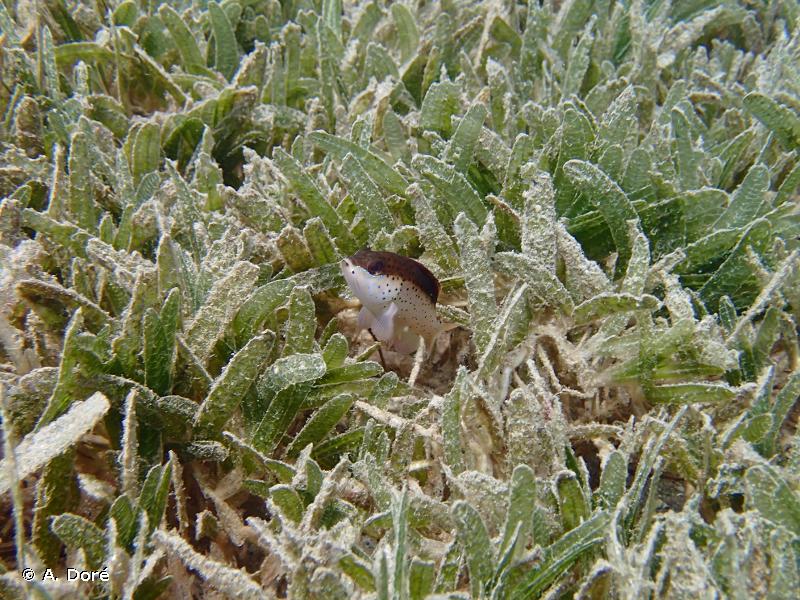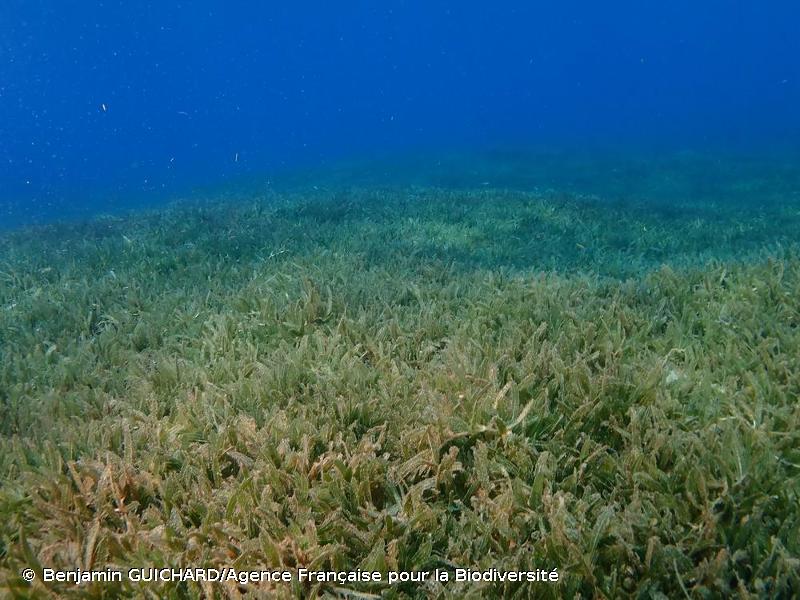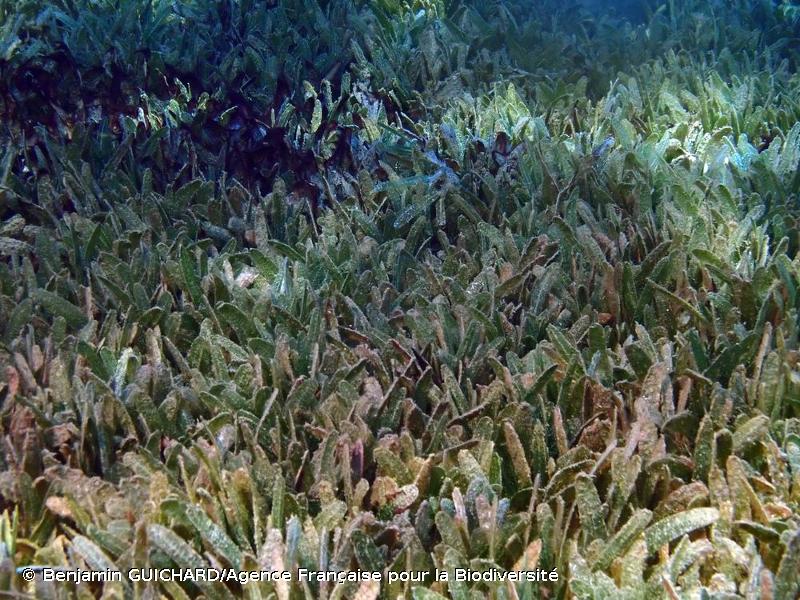
cd_nom

| Author : O. Monnier |
 |
To get the picture, please visit:
Olivier Monnier
Muséum national d'Histoire naturelle - Service du Patrimoine Naturel
36 rue Geoffroy Saint-Hilaire CP 41 75 231
PARIS CEDEX 05
Despite the Creative Commons license, please inform the author of the use which will be made of his photo

| Author : F. Kerninon |
 |
To get the picture, please visit:
Fanny Kerninon
CNRS - LEMAR (Laboratoire des sciences de l’Environnement Marin)
IUEM Technopôle Brest-Iroise
Rue Dumont d'Urville
29280 Plouzané
Fanny.Kerninon@univ-brest.fr
Despite the Creative Commons license, please inform the author of the use which will be made of his photo

| Author : A. Doré |
 |
To get the picture, please visit:
Anthony Doré
Muséum national d'Histoire naturelle - Service du Patrimoine Naturel
36 rue Geoffroy Saint-Hilaire CP 41 75 231
PARIS CEDEX 05
adore@mnhn.fr
Despite the Creative Commons license, please inform the author of the use which will be made of his photo

| Author : O. Monnier |
 |
To get the picture, please visit:
Olivier Monnier
Muséum national d'Histoire naturelle - Service du Patrimoine Naturel
36 rue Geoffroy Saint-Hilaire CP 41 75 231
PARIS CEDEX 05
Despite the Creative Commons license, please inform the author of the use which will be made of his photo

| Author : A. Doré |
 |
To get the picture, please visit:
Anthony Doré
Muséum national d'Histoire naturelle - Service du Patrimoine Naturel
36 rue Geoffroy Saint-Hilaire CP 41 75 231
PARIS CEDEX 05
adore@mnhn.fr
Despite the Creative Commons license, please inform the author of the use which will be made of his photo

| Author : Benjamin GUICHARD/Agence Française pour la Biodiversité |
 |
To get the picture, please visit:
Benjamin Guichard
email : inpn@mnhn.fr
Despite the Creative Commons license, please inform the author of the use which will be made of his photo

| Author : Benjamin GUICHARD/Agence Française pour la Biodiversité |
 |
To get the picture, please visit:
Benjamin Guichard
email : inpn@mnhn.fr
Despite the Creative Commons license, please inform the author of the use which will be made of his photo
Halophila stipulacea est une plante marine. Ses feuilles, étroites et allongées, sont regroupées par paires sur de courts rameaux. Elles mesurent 3-6 cm de long sur 0,25-0,8 cm de large et possèdent une nervure centrale et des nervures latérales inclinées de 45 à 60°. Leur sommet est arrondi et leurs bordures finement dentelées. Le limbe des feuilles est parfois duveté, les pétioles mesurent 0,5-1,5 cm de long. Les rameaux foliaires, qui possèdent à leur base 2 écailles formant une gaine, s'insèrent sur le rhizome à chaque entrenœud. Le rhizome, d'environ 0,5-2 mm de large, comprend également une racine à chaque entrenœud. H. stipulacea est une plante dioïque dont les pièces florales sont rarement observées. H. stipulacea semble se développer sur divers substrats, dans une large gamme de salinité et de température. Pour croître cette espèce nécessite peu de lumière, trois fois moins que Thalassia testudinum et Syringodium filiforme, et elle peut ainsi se développer à des profondeurs plus importantes, allant jusqu'à 50 mètres. Initialement présente dans les eaux tropicales de l'océan Indien et de la mer Rouge, elle est introduite en Méditerranée suite à l'ouverture du canal de Suez. En 2002, Halophila stipulacea est observée pour la première fois aux Grenadines. Depuis, elle s'est rapidement répandu dans l'ensemble des îles de la mer des Caraïbes, où elle est désormais considérée comme une espèce invasive. Sources: Philipps & Menez 1988, Dennison et al. 1993, Sharon et al. 2011, Willette et al. 2014.
M. Le Moal(UMS 2006 Patrimoine Naturel (AFB / CNRS / MNHN)),2015
Continental
Metropolitan France
Overseas
Marine
Metropolitan France
Overseas
The map presents a summary at the 10 x 10 km grid of the observation data for the species transmitted to the SINP. These data have been subjected to validation filters.
The map presents a reference distribution layer of the species at the scale of departments and marine sectors. The presence and absence data were established by expertise within a network of partners. This reference distribution is used in the validation process of the SINP data at the INPN level.
Corresponds to a report on the basis of at least one observation proved within a period of 10 years (20 years for little-known invertebrates) preceding the year and no presumption of extinction since obtaining the last data nor doubt on reproductive and implemented nature of this population. For migratory species, the presence indicated concerns areas of reproduction.
This status is based on one or more of the following criteria:
This point covers the absence, more difficult by nature to demonstrate than presence. This status is based on one or more of the following criteria:
This status must be assigned to a department in which the presence of the species is casual.
Particular case of absence due to a proven extinction less than a half century ago (older disappearances are treated as "no probable or definite").
In the state of knowledge, we can not comment on the presence or absence in the current department. This is the default status when not comprised in one of the previous categories or whenever there is doubt.
The map shows the global distribution of the species based on GBIF data (Global Biodiversity Information Facility).
